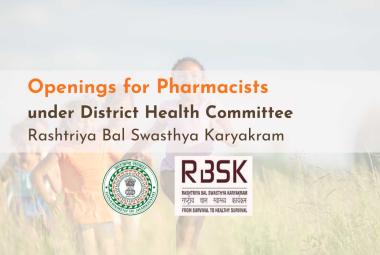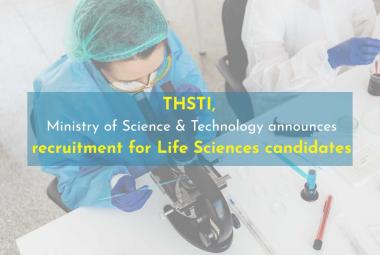In findings likely to make it easier and faster for stem cell biologists to generate patient-specific embryonic-like stem cells, researchers at Children's Hospital Boston have reprogrammed adult blood cells into induced pluripotent stem (iPS) cells.
This advance will further enable scientists to model a patient's disease in a laboratory dish and potentially create healthy cells and tissues that match that patient immunologically. Instead of an invasive skin biopsy, the study shows that the cells can be obtained from the patient during a routine blood draw.
[adsense:336x280:8701650588]
"A simple blood sample by venipuncture can provide adequate cells for reprogramming," said senior author Dr George Daley, a Howard Hughes Medical Institute investigator in Children's Stem Cell Program.
Last year, Dr Daley's team first reported the generation of iPS cells from human blood, but the blood donors in that study had been specially treated with cytokines to mobilize more progenitor cells from the bone marrow. Such treatment often causes side effects, such as flu-like symptoms. "That brings us back to this work," said Dr Yuin-Han "Jon" Loh, lead author and a postdoctoral fellow in the Daley lab. "We asked ourselves if we could reprogram blood cells from a normal donor."
The results, using cells from four healthy, untreated donors, are published in the July 2 Cell Stem Cell. In the same issue, two other research groups, including another Boston area lab, report similar findings.
"The generation of iPS cells from a small amount of peripheral blood collected from non-pretreated donors is an important step," wrote Dr Shinya Yamanaka in an accompanying commentary. "It is reasonable to predict that the field may see a dramatic shift from using skin fibroblasts to peripheral blood as a source of iPS cells in the very near future." (Yamanaka's lab, in Japan, created the first human iPS cells in 2007.
Embryonic-like iPS cells derived from patients can provide new insights into how diseases develop and what scientists can do to prevent or treat the diseases. Also, any tissue derived from iPS cells would be an immunological match, allowing for rejection-proof cell transplantation. Such advances are likely about 10 to 15 years away, estimates Daley, also a professor of biological chemistry and molecular pharmacology at Harvard Medical School.
iPS cells now mostly come from skin cells (fibroblasts) in a cumbersome process. In contrast, "we can culture iPS cells from blood in two days as opposed to three weeks with skin fibroblasts," Loh said. The process is about ten-fold less efficient, requiring about 1,000 adult blood cells for every one reprogrammed iPS cell, but a small blood draw provides more than enough extra starting cells, Loh says.
Scientifically, one important piece of evidence from the study showed that some of the iPS cells carried telltale genetic rearrangements of receptors of mature T cells. "This indicates that reprogramming does not simply select for pre-existing stem cells in the culture," Dr Daley said.
The team started with blood from four healthy donors--including one sample drawn from a colleague in the lab and three samples provided by co-authors at iPierian, a biotechnology company in South San Francisco. In their research, Loh and his colleagues had to develop new ways to grow the cells in suspension, rather than in a lab dish. They also had to develop a new technique to infect the cells with the viruses that carry the four genetic reprogramming factors into the adult cells.
"Importantly, peripheral blood cells can be isolated with minimal risk to the donor and can be obtained in sufficient numbers to enable reprogramming without the need for prolonged expansion in culture," the authors write in their paper. "Reprogramming from blood cells thus represents a fast, safe, and efficient way of generating patient-specific iPSCs."
See All Other NEWS in our Database.








